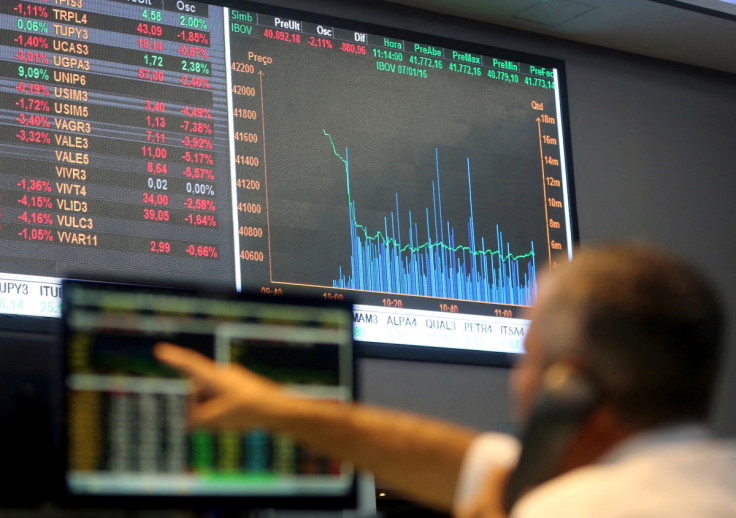
Friday's market action reveals a striking dichotomy: stock indices are charging ahead, while bonds, precious metals, and volatility gauges flash warning signs.
Despite President Trump announcing tariffs targeting Canada, Japan, Brazil and others, investors remain unfazed. The Wall Street Journal reports that the S&P 500 hit fresh record highs, powered by optimism around potential trade deals and solid earnings, even as futures dipped earlier in the day. Meanwhile, Reuters highlights investors rotating into defensive assets—bond yields softened slightly while gold and oil showed renewed strength—signaling underlying anxiety.
A Tale of Two Camps
Optimists argue tariffs are politically motivated bargaining tools—not lasting economic barriers. A boost in AI and tech enthusiasm further bolsters sentiment. As Reuters notes, "high-priced stocks and bonds raise tariff threat for markets," as volatile asset classes push forward while safe havens gain strength.
On the other side, caution reigns. According to the Financial Times, markets are increasingly wary of Trump's policy unpredictability—recent moves swinging between promises and threats create a pattern of "confusion" that undermines confidence. Meanwhile, Barron's flags how tariff uncertainty complicates the Fed's rate cut hopes: while equity rallies persist, bond markets suggest inflation or growth could remain sticky.
Momentum vs. Mindfulness
What's unfolding is less a split market and more a market identity crisis. Optimists lean on earnings beats and trade rhetoric, while risk-averse players hedge with bonds and gold.
- Growth bulls are banking on AI, resilient consumers, and the possibility that Trump's tariffs place "pressure points"—investment signals rather than sustained barriers.
- Defensive investors argue that corporate earnings haven't yet internalized rising input costs, slower global trade, and potential policy reversals.
This tug-of-war between narratives creates fertile ground for volatility—a dynamic where timing becomes as important as thesis.
📅 What to Watch
First, the upcoming Q2 earnings season will reveal whether companies face margin compression or can pass on tariff-related costs. Second, watch the VIX and 10-year Treasury yields for signs of deeper market discomfort as highlighted by both the Financial Times and Barron's. Finally, market flow data revealing shifts from equities toward bonds or gold will signal growing defensive positioning.







